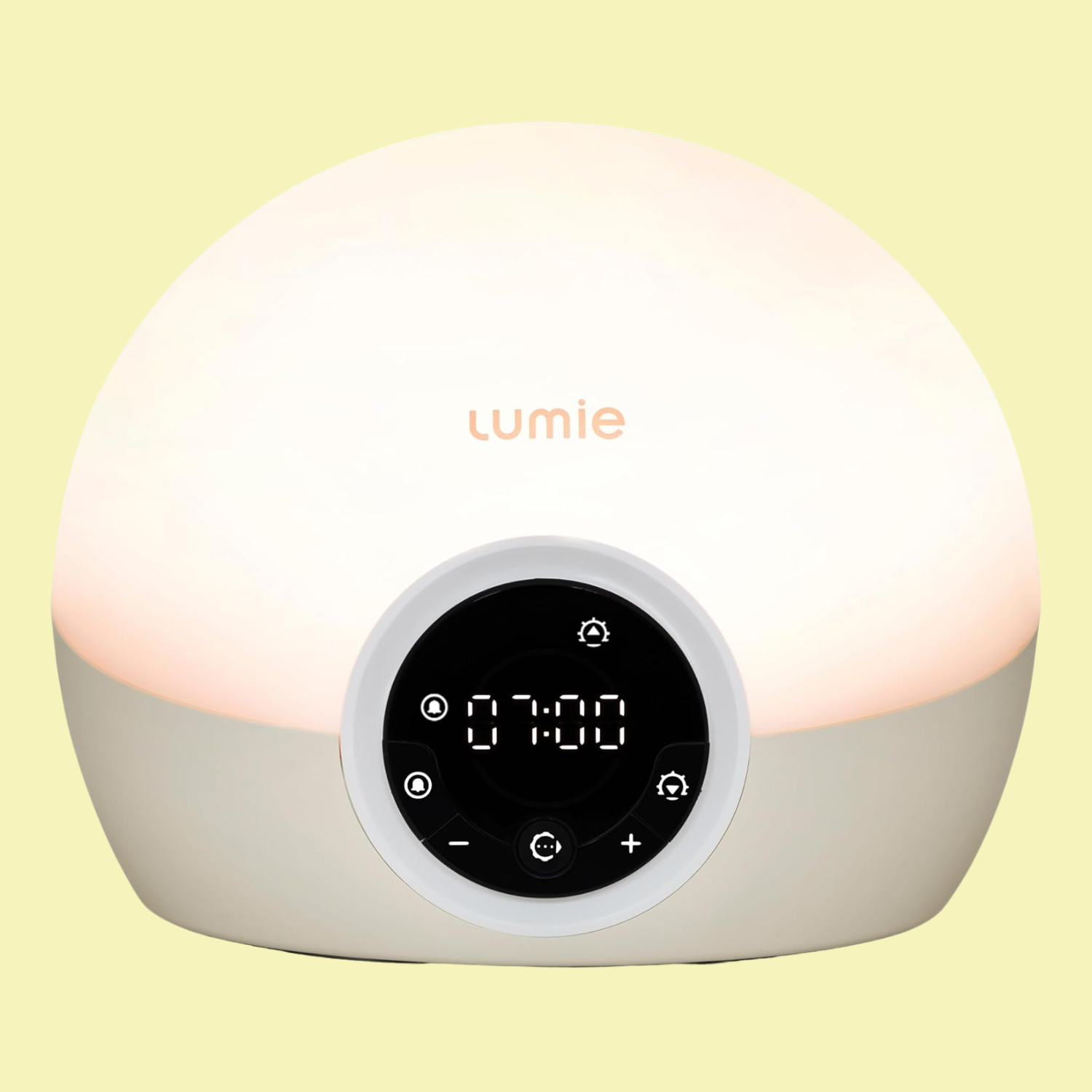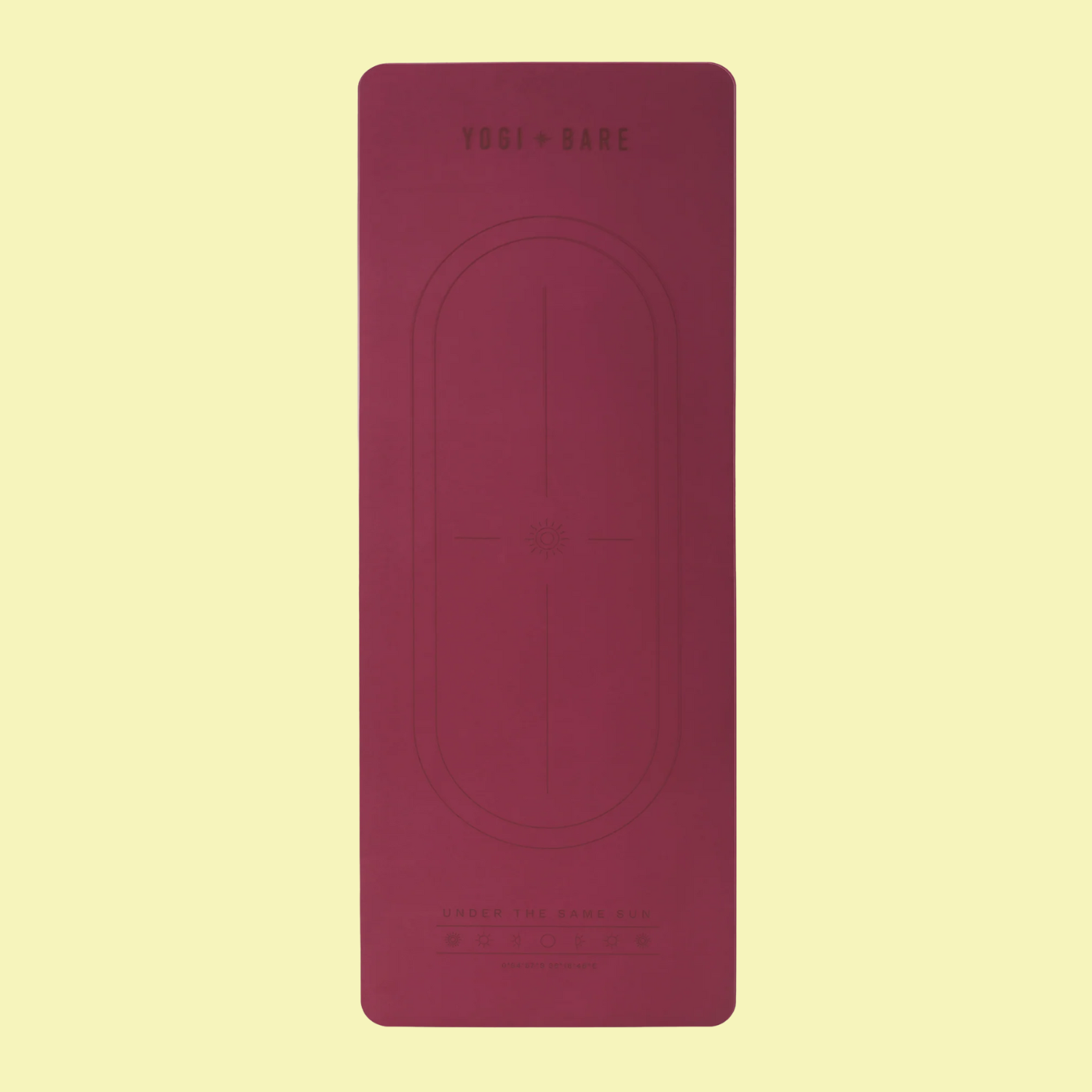It’s a Hard Task to Wake Up When It’s Dark Outside — But These Design Tips and Routine Changes From Sleep Experts Can Help
With little to no sunlight to act as a natural morning wake-up call, these gems of advice will come in clutch to get out of bed with energy
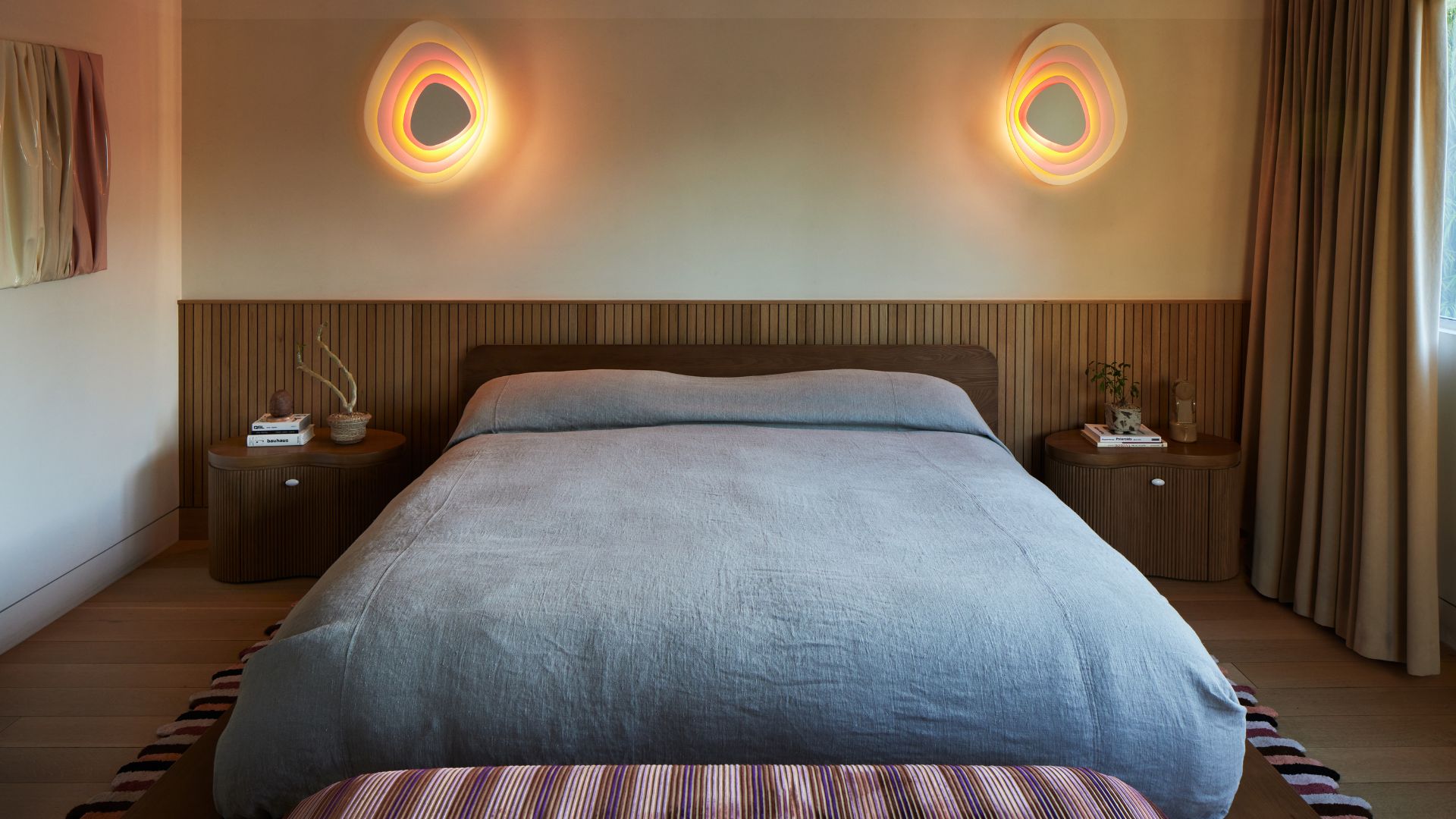

As the seasons turn cooler and darker, it becomes so much tougher to get out of bed in the morning with a spring in your step. Sometimes, all you want to do is tuck yourself back into bed and wait for the sun to come up.
Yes, darker mornings can help you sleep better in those early hours, especially if you've not opted for blackout blinds in your windows, but it's not a brilliant way to start a motivated day. So, I reached out to the experts to find out all the small steps you can take to wake up when it's dark outside. This will make your morning shift routine much brighter, even in the absence of the morning sun.
From blanketing your room in light to mapping out a consistent sleep-wake cycle, here's what you can do to make your winter mornings enjoyable at most and bearable at the least.
1. Make Your Alarm Clock a Morning Lamp
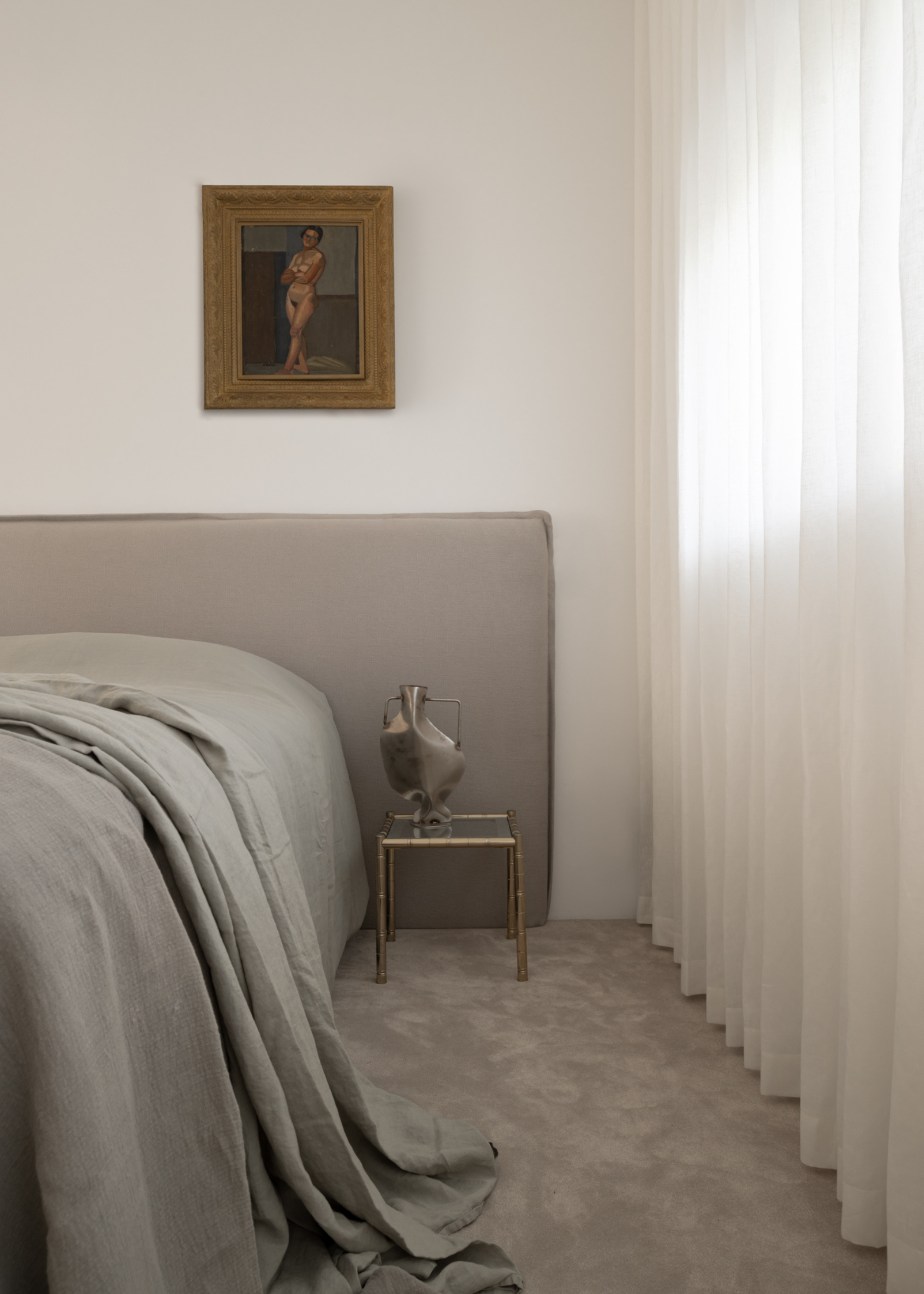
There are some truly genius things alarm clocks can do now, and one of my favorite updates to come of the innovations in this space is sunrise lights to ease you out of sleep.
"These modern clocks can help with getting those morning sunlight signals, while also stimulating a gentle and gradual awakening," says sleep therapist Kasryn Kapp. "And don’t worry, you can still have a regular alarm clock as a backup so you don’t oversleep."
Not to mention, making the switch to a smart alarm clock will also help you learn how to sleep better. You can finally stop making excuses for needing your phone in close quarters to your bed, and you can also take this chance to experiment with color noise for deeper rest.
Kasryn Kapp is a licensed therapist at BodyMind Alliance Counseling & Consulting. She helps exhausted adults break the cycle of sleepless nights using research-backed approaches. She is trained in cognitive behavioral therapy for Insomnia (CBT-I), the gold standard treatment for insomnia and other behavioral sleep medicine approaches.
2. Flood Your Bedroom with More Light
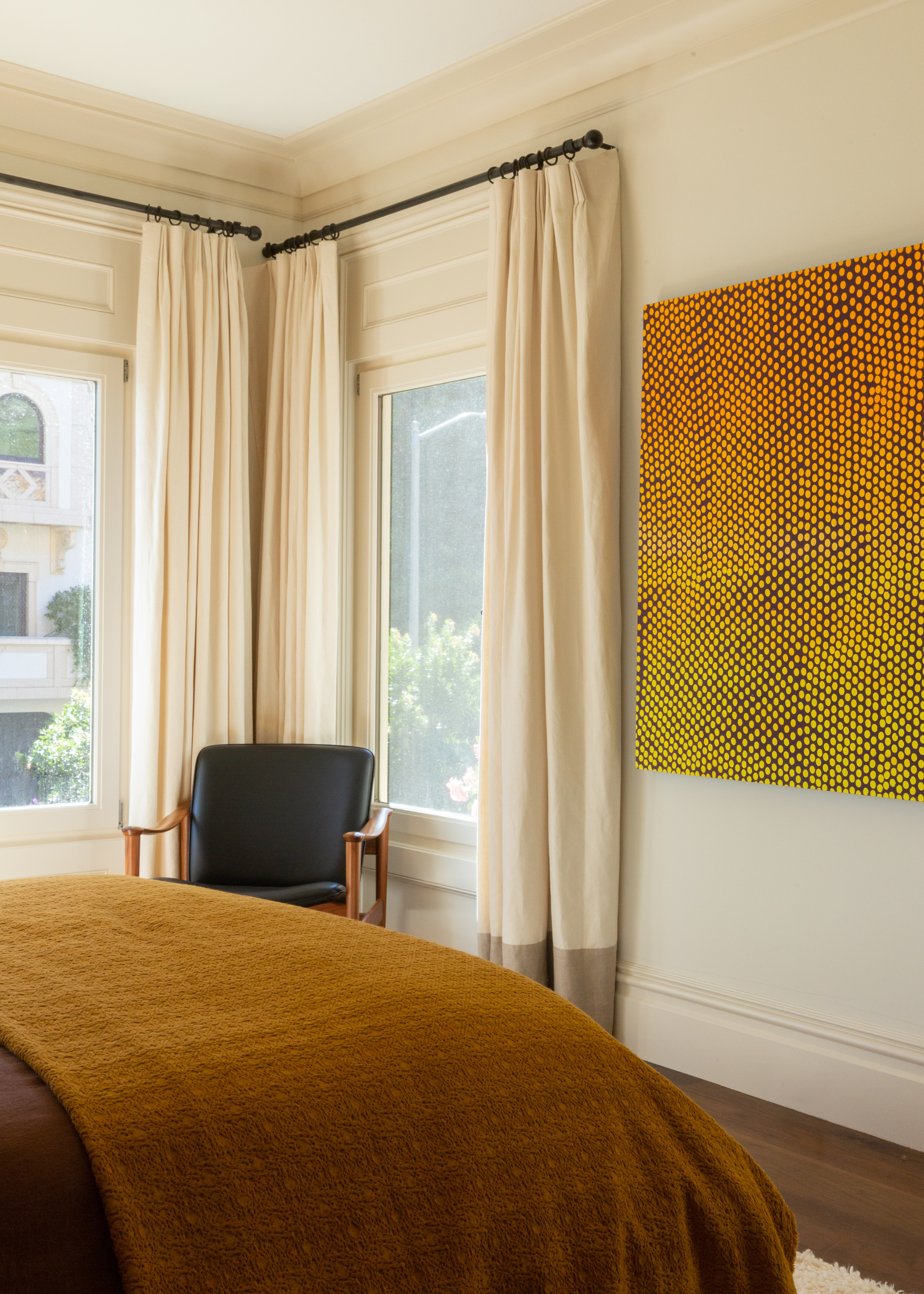
However, it doesn't end with just a dawn-simulating alarm clock. Most likely, you will require much more light to emulate the feel of a sunny summer morning properly.
The Livingetc newsletters are your inside source for what’s shaping interiors now - and what’s next. Discover trend forecasts, smart style ideas, and curated shopping inspiration that brings design to life. Subscribe today and stay ahead of the curve.
"Turn on bright overhead lights or, ideally, use a light therapy box within minutes of getting up," says neurologist and sleep expert Dr. Luke Barr. "Aim for at least 10,000 lux of light for 20 to 30 minutes to kickstart your brain’s alerting system and signal that it’s daytime."
This Lumie Vitamin L Slim Light Box from Amazon, made for effective SAD light therapy, is a great choice. But if you'd prefer softer pockets of light in your room, you can always introduce floor and table lamps to plan your bedroom lighting for fall and winter.
Plus, this gives you a reason to accessorize with a couple of extra lamps and make your cozy bedroom even more stylish.
Dr. Luke Barr is a board-certified neurologist and the Chief Medical Officer of SensIQ, where he develops science-backed, medical-grade supplements to support cognitive health and longevity. He also serves as director of a comprehensive stroke center in the Midwest, where he specializes in caring for patients with acute and critical neurological conditions.
3. Start Your Day with Gentle Movement
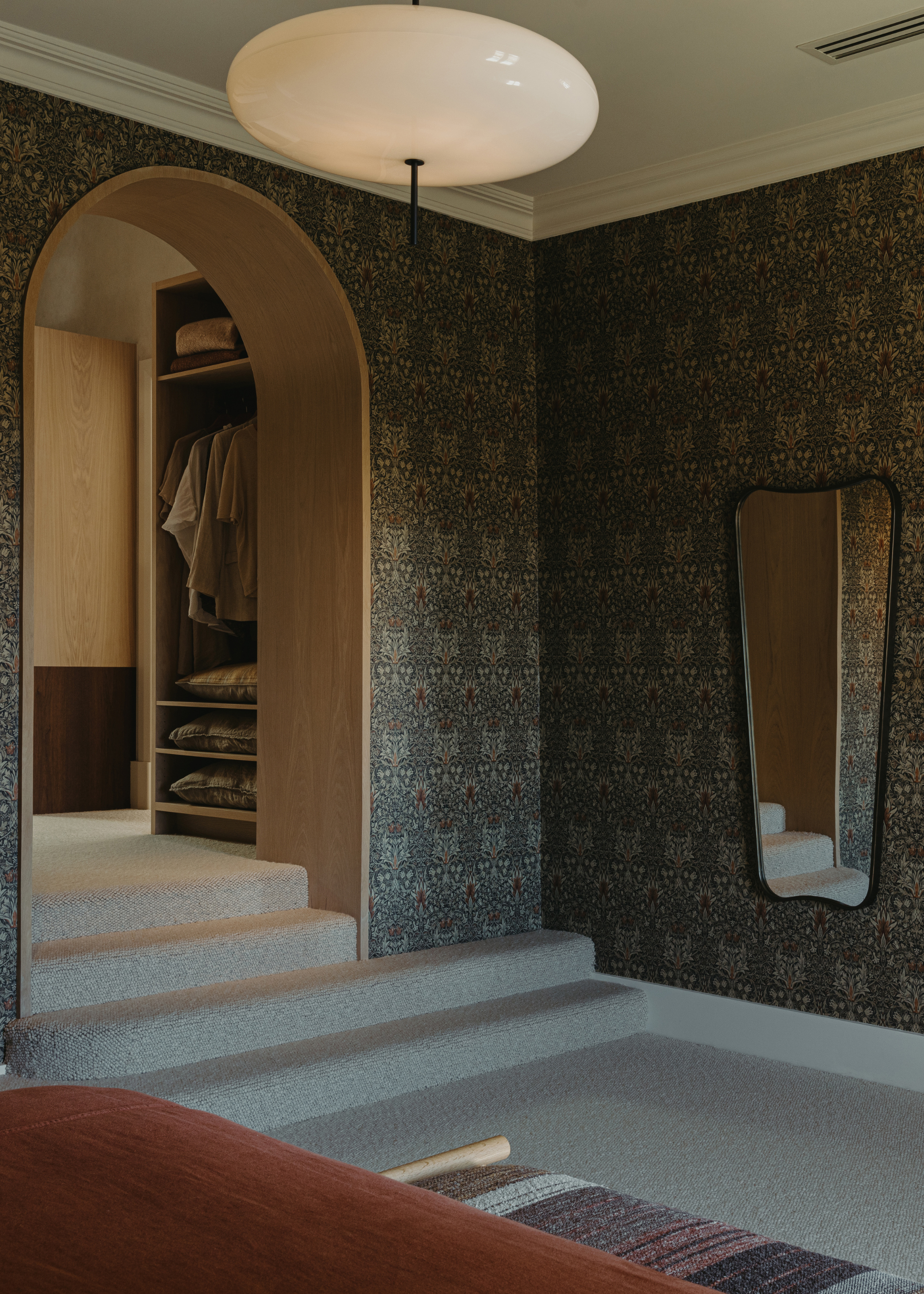
"I recommend coupling morning light with movement, like exercise or stretching, after awakening and as a pick-me-up throughout the day," says Kasryn. Just as these simple body movements help you wind down for sleep, they can also help you wake up.
Luke also recommends gentle physical movement to increase circulation and body temperature to help you wake up when it's dark outside. Think yoga or tai chi, rather than HIIT.
"Adding this to your morning routine will also help counteract residual melatonin," he says. "Even a few minutes of brisk walking or light exercise can accelerate the wake-up process."
4. Create a Stimulating Morning Routine
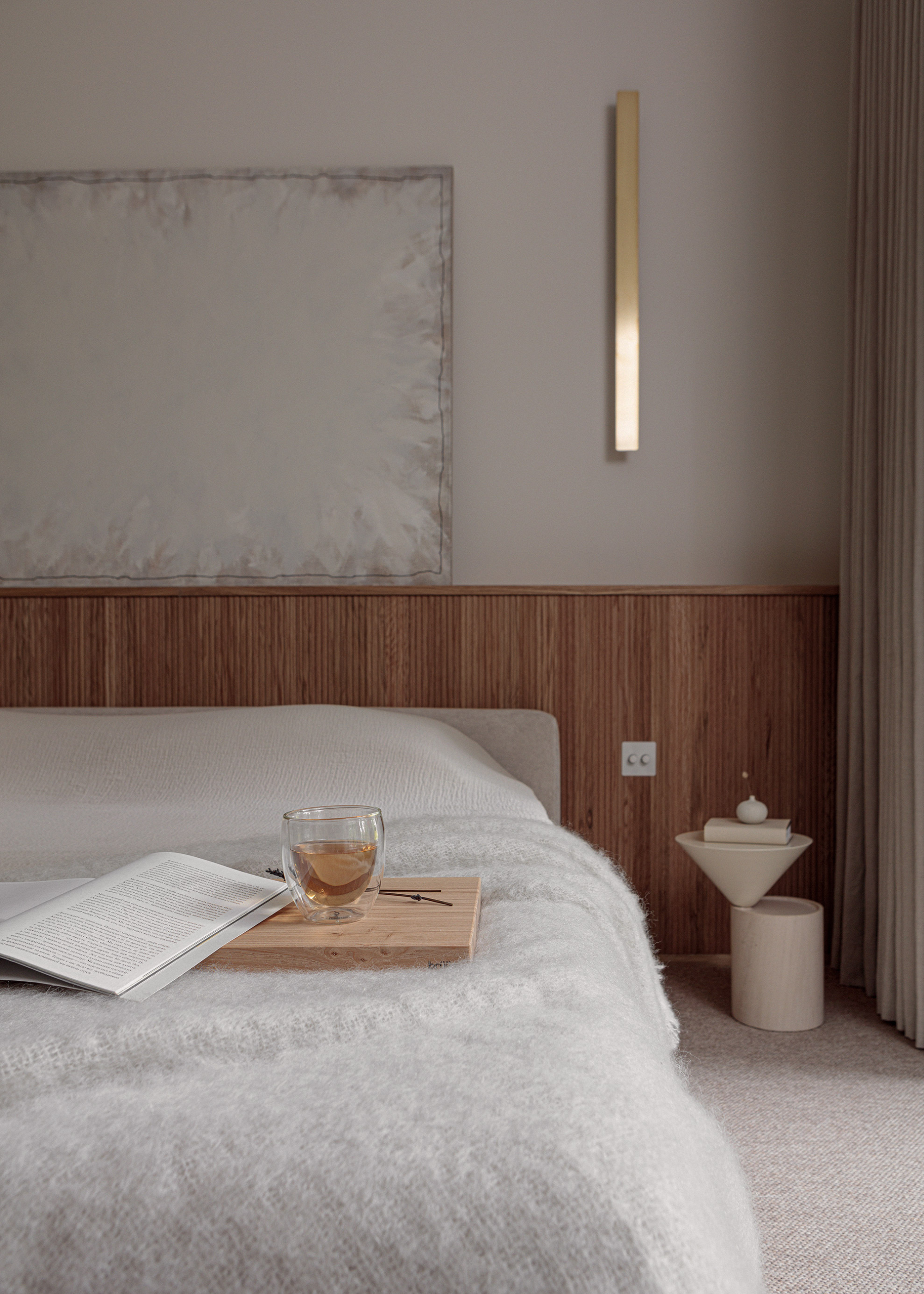
During the summer morning, I'm always in a go-mode from the moment I wake. But as the seasons shift, I try to make a little extra time for morning rituals that bring me out of sleep mode. Including making a visit to my home café for a morning cuppa.
And Luke tells me that this is another great tip for when you're having trouble waking up when it's dark outside. "Pair light and movement with sensory cues like upbeat music, a cold splash of water on your face, or the aroma of coffee or citrus," he advises.
"This will help anchor your brain’s association with 'wake time' to your energized morning routine. And these cues activate multiple neural pathways tied to alertness and motivation."
5. Regulate Your Sleep-Wake Cycle
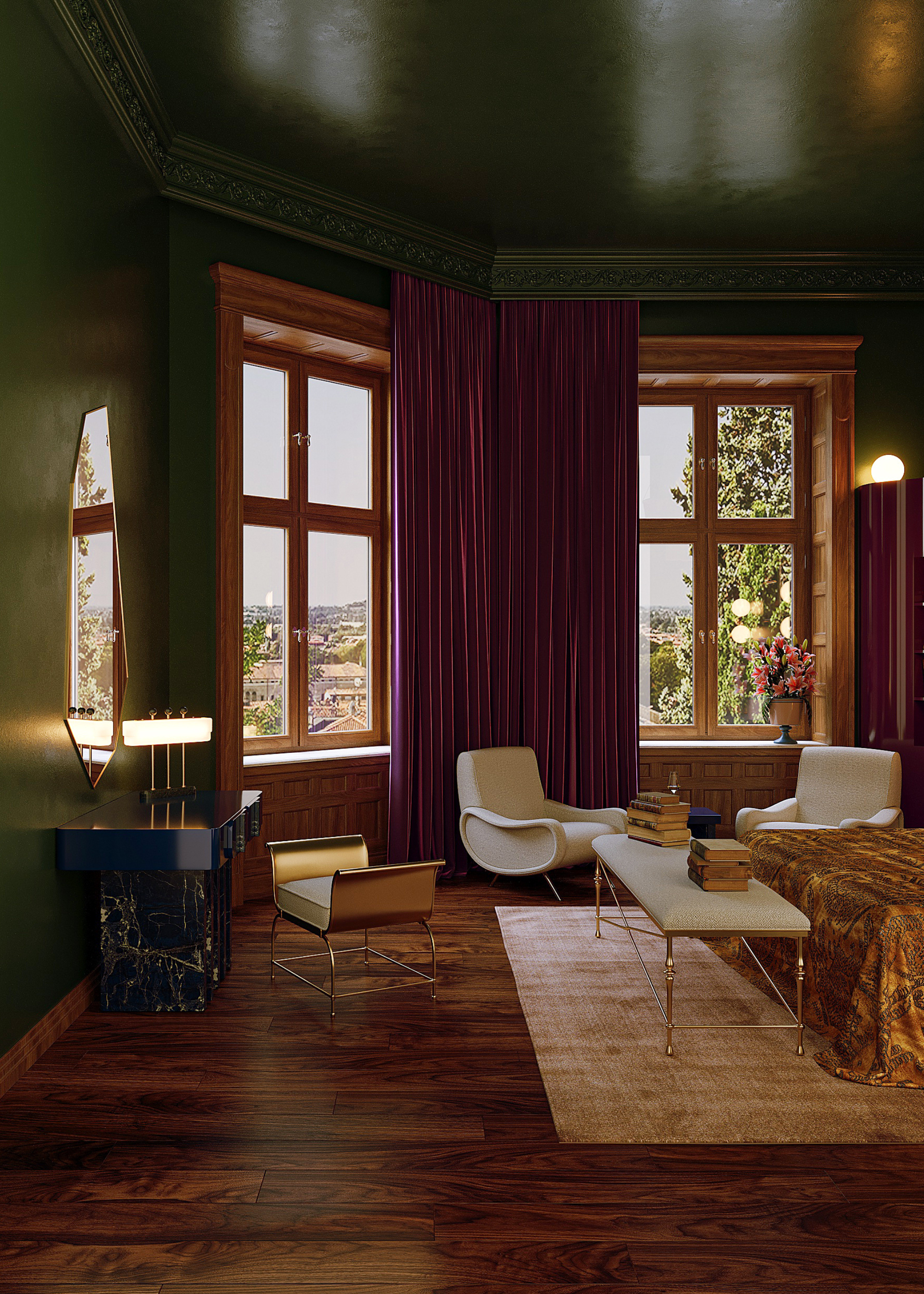
Lastly, you can implement a regimented rest routine to get your body and mind used to waking up, even when it's dark outside. Moreover, it's an expert step to master sleep hygiene, regardless of the time of year.
"Regularity strengthens your circadian rhythm, making it easier to wake up despite darkness," he explains. "The brain thrives on predictability, so it will begin to anticipate wake-up time after about one to two weeks of consistency."
Who knows, eventually you might even energetically awake from sleep without having to listen to or snooze your alarm.
FAQs
How Much Sunlight Should You Get in the Morning?
"Ideally, you should get at least half an hour of natural sunlight within one hour of waking, even on cloudy days," says Luke. "Outdoor light exposure provides the strongest cue for circadian alignment because natural light intensity can be 100 times greater than indoor lighting. If you cannot get outside in the morning, light therapy boxes can serve as an effective substitute."
Similar to imbibing a couple of practices to help you wake up in the morning, there are some things you can do to get yourself excited for sleep, too. Our guide to romanticizing your bedtime will help you with just that.

Amiya is a Home Wellness Writer at Livingetc. She recently graduated with a Masters Degree in Magazine Journalism from City, University of London, and has lent her words to beauty, fashion, and health sections of lifestyle publications including Harper’s Bazaar and Women’s Health. Her experience as a research analyst has equipped her with an eye for emerging trends. When she’s off the clock, she can be found reading, listening to music, or overanalyzing her latest Co-Star update.
